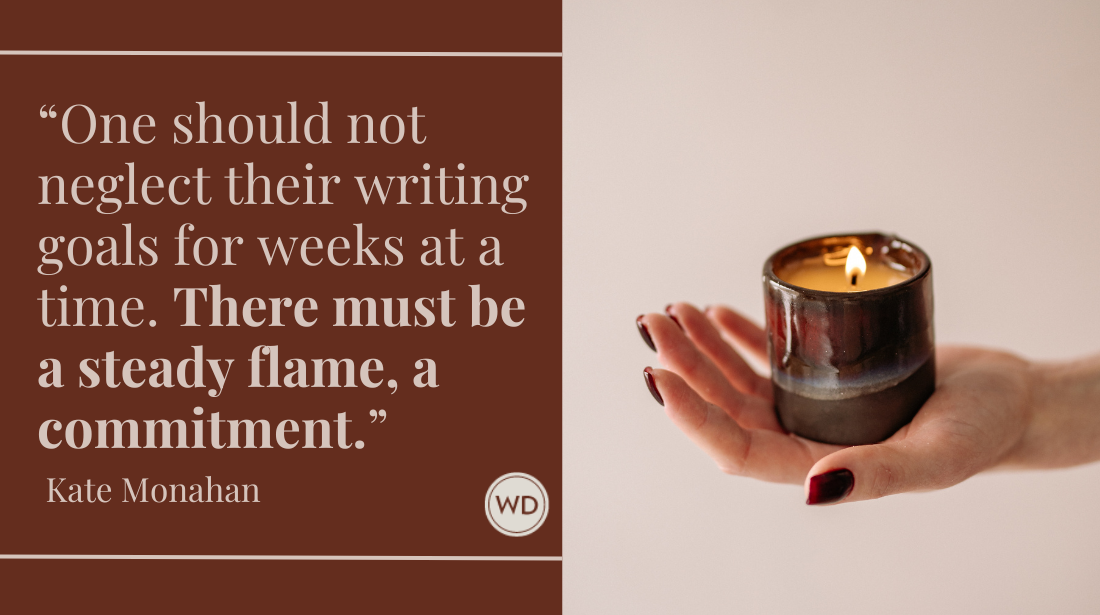Applying for an MFA
Hi, All!So, a few people have asked me recently about the MFA application process. It’s a big topic to cover (some blogs are dedicated specifically to this topic!), but I…
Hi, All!So, a few people have asked me recently about the MFA application process. It’s a big topic to cover (some blogs are dedicated specifically to this topic!), but I will break it down a little and relay some of my own experience.Here is a general overview of the steps:
1.Prepare a creative writing sample. All MFA programs require a sample of your writing tailored to the concentration you are applying to (fiction, nonfiction, children’s writing, poetry, etc) The writing sample (which can differ in page number depending on the program) is absolutely the most important piece of the application. Before you even begin to research schools, seek out references, anything—the first priority should be making the writing sample as good as it can possibly be.
How to do that? Attend a continuing education class, find a writing workshop (there are online workshops at sites like mediabistro.com) or find a writing group in your community.
What did I do? I took two Fiction Workshops in NYC the year before I applied; one of the stories I workshopped ended up being half of my writing sample.I also attended my public library writing group and got so much out of it (the group spent two hours do a close read/ workshop of my submission).
2.Research schools. There are so many different programs out there that vary considerably. There are larger programs, smaller programs, full time ones, part time, and low residencies (which involves distance education).
How to do that? There are many resources online and many books that list MFA programs and their specifics. One great book: Tom Kealy’s The Creative Writing MFA Handbook.The book is packed with information and FAQs.Things to consider when researching schools: Location? Size of the program? Full time program vs. low residency?Is funding available? Who are the faculty members & visiting authors? Is the GRE required? Are there teaching assistantships? What is the school’s ranking/reputation?
What did I do? One specific instructor I’d worked closely with in a Fiction Workshop helped steer me towards which programs might suit me. However, my decision was limited because I had to choose a program in the NYC area. My husband’s job required that we stay put here, so there were only so many schools for me to choose from.
3.Visit schools
How to do that? Call the writing program directly. Many schools are more than happy to let you visit the school/ campus and will provide a guide to show you around. Some schools even allow you to sit in on a class (usually not a workshop, mostly literature classes).
What did I do? I visited all the schools I applied to. Before I applied to Sarah Lawrence, they showed me around, invited me to a student reading, and let me sit in on a class. Other schools allowed me to sit in on classes after I was accepted.
4.Decide which schools best suit you, & apply to as many as you can afford
How to do that? Every school requires roughly the same materials: a creative writing sample, a personal statement (explaining why you want to enter the program and what’s prepared you for it), a resume, and letters of recommendation. Some schools require a critical essay, some require the GRE.Preparing these materials is time consuming and many suggest you take a few months to do so (especially the writing sample). Note: some application fees are pretty hefty-- 100 bucks or more.
What did I do? I worked on my creative writing sample first. Once I felt that it was strong, I worked on the rest of the materials. References, to me, seemed crucial. Some people say they matter, some say they don’t. But I think it’s important to reach out to the best people you can, people that know your writing, your writing potential, and your work ethic.I also think the personal statement is important. My suggestion is to make it specific. I think schools want to know what you are distinctively working on and how you see that work progressing within the program. It’s good to have a plan, even if you don’t stick with it once you enter the program. I applied to three schools, though I planned to apply to five. The two I didn’t apply to were low residency programs. Once I was admitted into one of my top choices and was leaning towards going there, I decided not to continue the other applications.
***
So, as I said, this is an overview. I’d love to talk more specifically about the process or more about the application materials. Please let me know what you want to hear about or even better—if you have a question, please leave it in the comment section and I will do my best to answer it.
Have a great day, everyone! One more day till Friday!
“Write in recollection and amazement for yourself.”- Jack Kerouac








